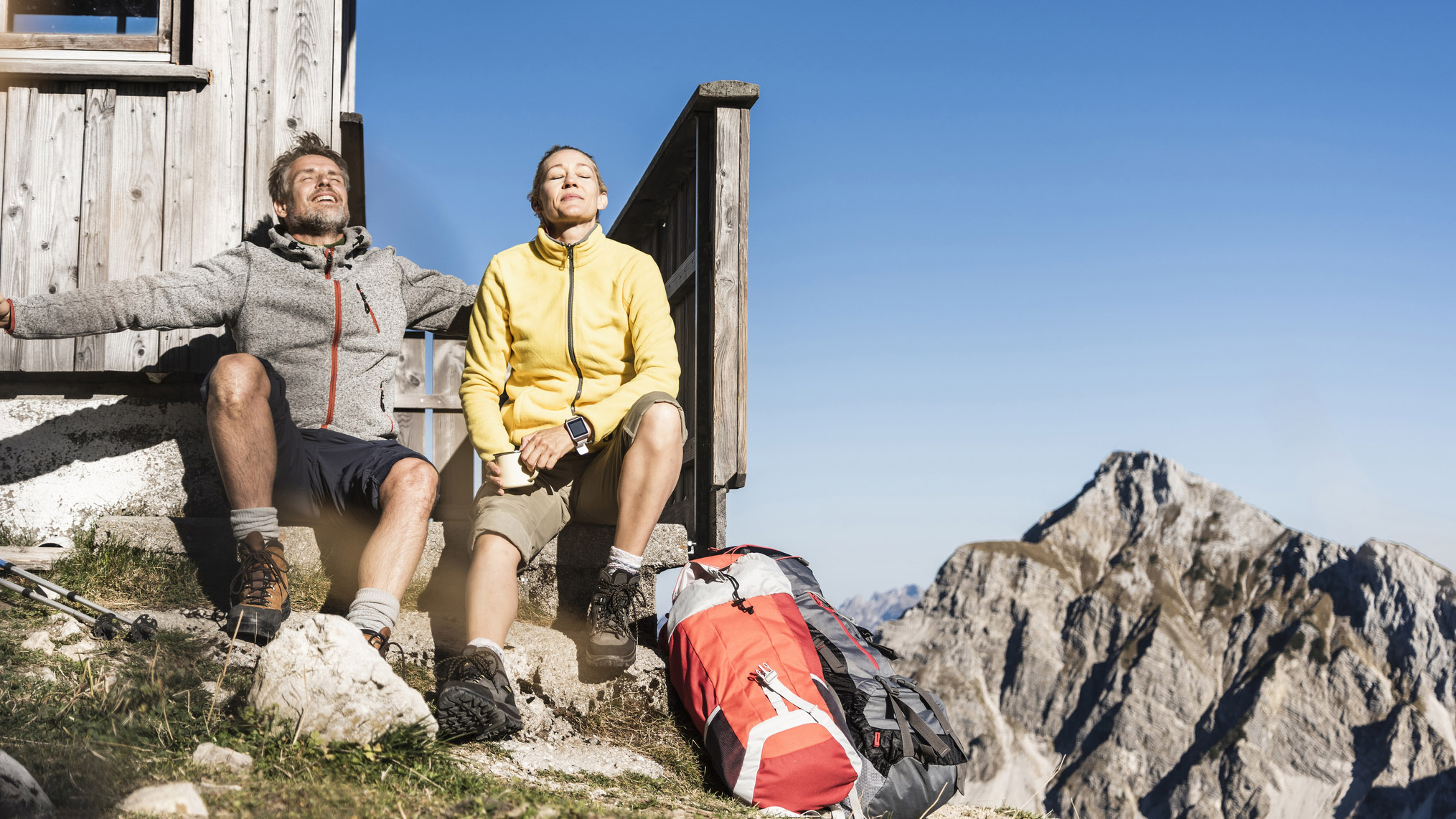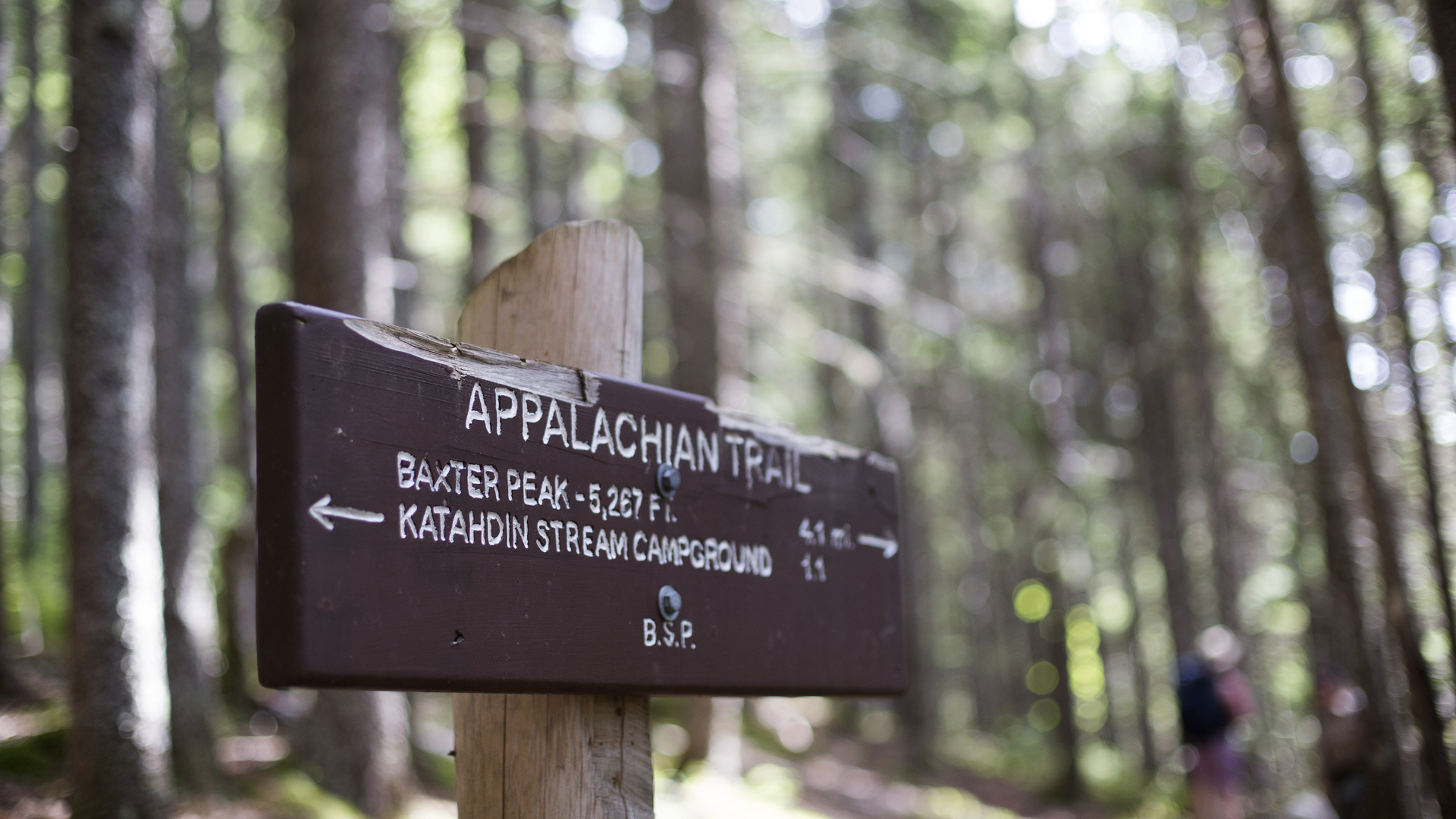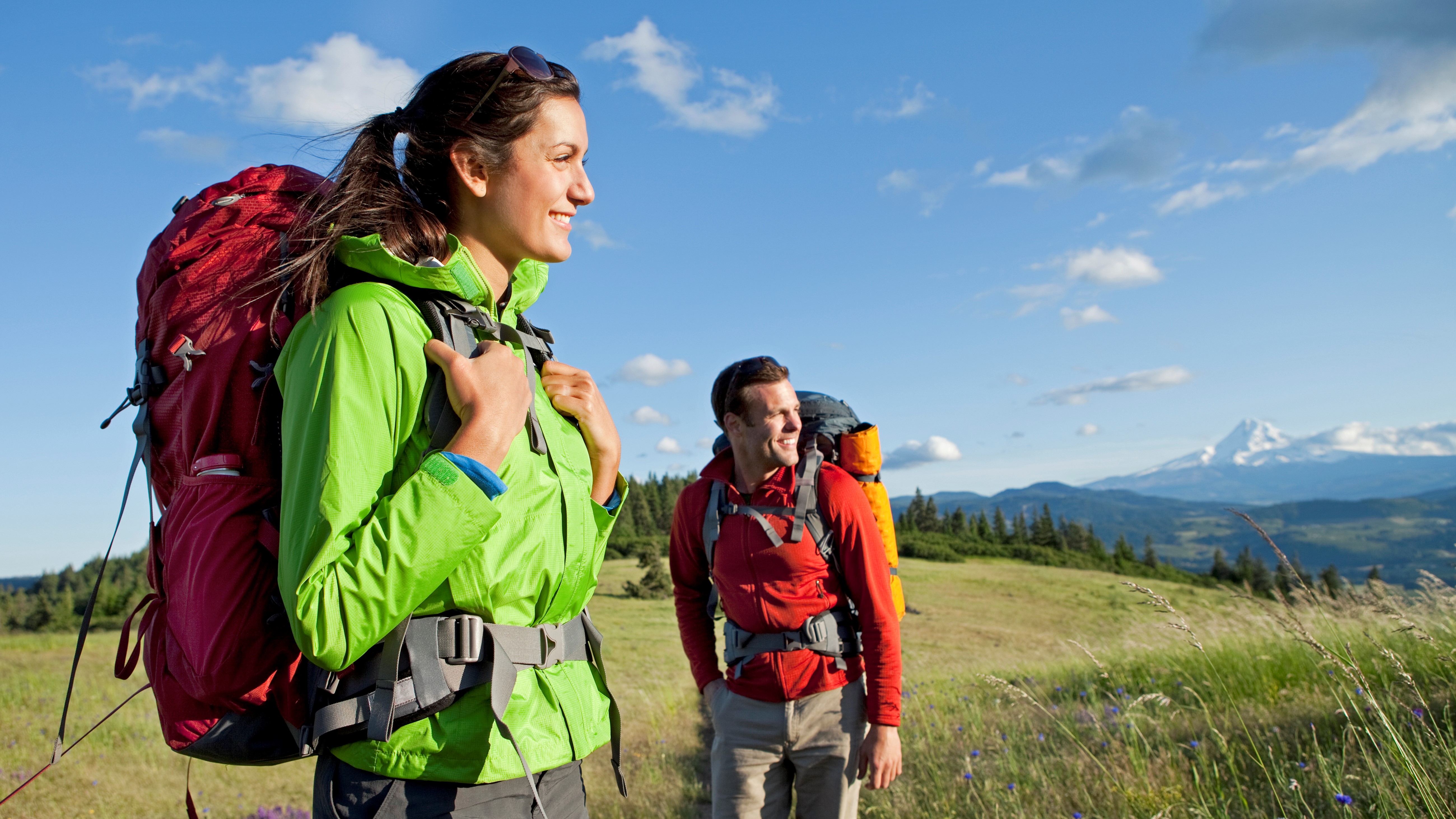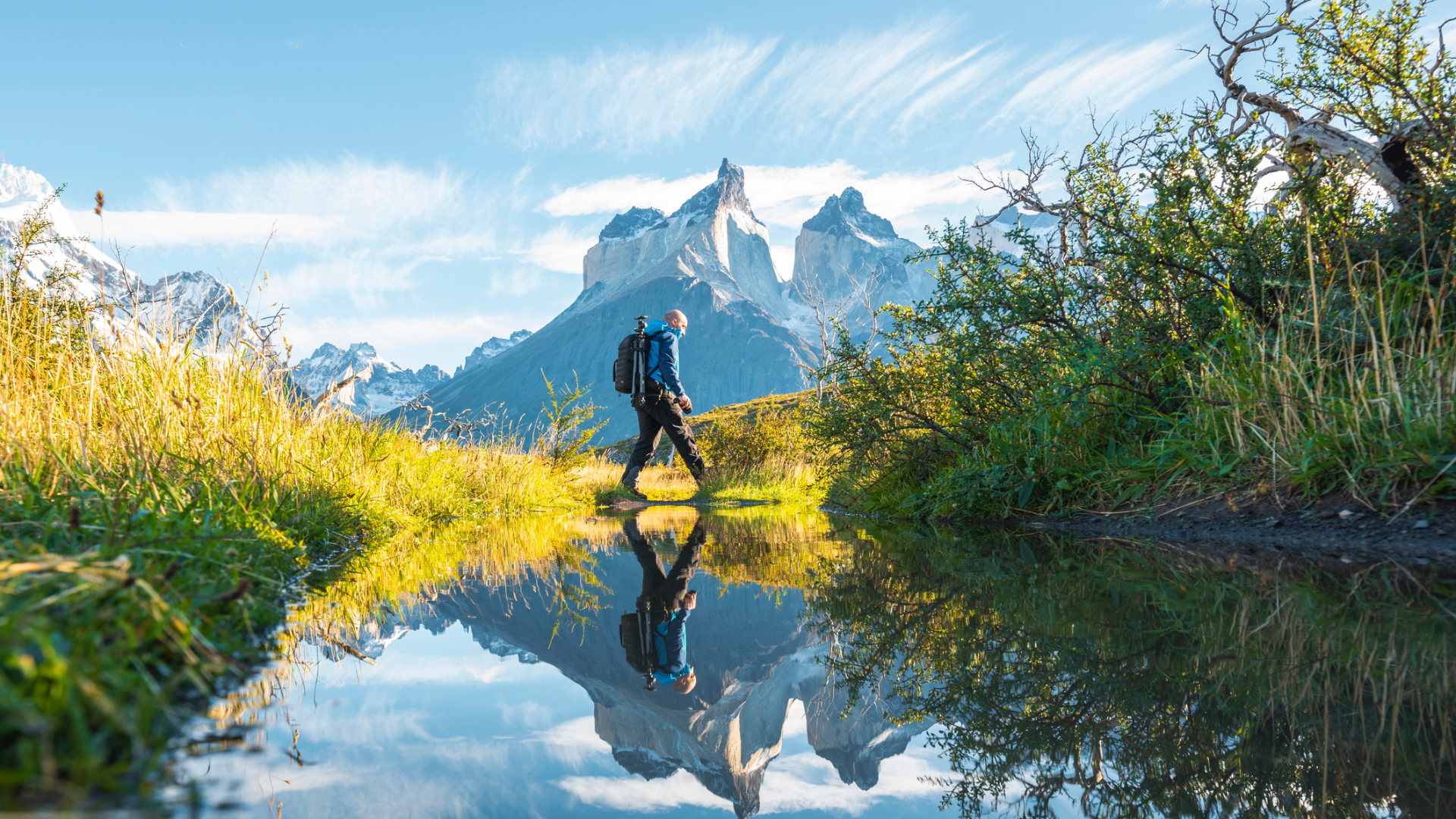How to support a thru-hiker: a simple guide for aspiring trail angels
We share six ways you can support a thru-hiker, from logistics and travel to trail maintenance and magic

In an age where most of us are tied to desks, thru-hiking has become the stuff of dreams. The mere idea of shedding your work flats and spending months in your hiking boots, sleeping under the stars, and completely disconnecting from technology sends people in their thousands to America’s backcountry each year – but while most of those drawn to thru-hiking are lured by the appeal of solitude, a journey like this actually requires a ton of support.
Behind every thru-hiker are generous people willing to house cars, mail and belongings, drive hundreds of miles to run shuttles, and send re-supply boxes, and let’s face it, not everyone has a large network of support. Though it’s possible to organize a thru-hike without support, it’s certainly not easy and thru-hikers can usually use all the help they can get.
There are lots of reasons why you might want to support a thru-hiker – perhaps you know someone who is planning a hike or maybe you want to donate your time to a good cause and you love the outdoors. If you’ve completed a thru-hike yourself, you might want to lend your expertise to other hikers. You might even just happen to live near a long distance trail and want to help those hikers you see passing through.
In this article, we share six ideas for how you can support a thru-hiker, from logistics and travel to trail maintenance and magic.

1. Logistics
Thru-hiking sure seems simple – you hit the trail with nothing but your backpack full of camping gear and put one foot in front of the other. While daily life on the trail typically is simpler than that in regular life, getting to the trail is anything but. Finances, gear, rest days and transportation all need to be coordinated, and planning a long distance thru-hike takes many months of research and effort.
A thru-hiker needs to figure out how they’re going to get to the trail, what they need for their entire journey, and how to get it to the right locations. They’ll need to estimate how far they’ll have to walk each day if they’re on a schedule or trying to beat winter and they’ll probably want to make a plan of how often they’ll take a break and stay in town, then budget for that. When they’ve finished their hike, they also need to make a plan for how to get to an airport, train station or bus station to return home.
If you happen to have a lot of knowledge of a long distance trail, or even just be a person who loves planning and spreadsheets, logistics could be a great way to help someone with their thru-hike. You could sit down with them and help them draft out what they’re going to need for the entire hike and make a schedule of when each re-supply box should get shipped, or help them figure out how to get to and from the trailhead at the beginning and end of their hike.
All the latest inspiration, tips and guides to help you plan your next Advnture!
This planning process is all part and parcel of a thru-hike and many hikers will enjoy doing it by themselves, but for others, it can seem overwhelming and another person to help craft a plan would be very welcome indeed.

2. Re-supply
Unless a hiker wants to rely on local towns for re-supply, which can be a pricey way to do things, each person ideally needs to receive a box of food (and sometimes gear like new hiking socks) about once every week. These will be mailed to a drop point such as a post office or store along the trail and held until the hiker arrives. As you can imagine, arriving to discover your re-supply box hasn’t made it would be disastrous, so it’s really important that a thru-hiker has someone they trust in charge of this job.
If you want to make yourself extremely useful to a thru-hiker while they’re on the trail, you could volunteer to be in charge of mailing their re-supply boxes. If the hiker takes charge of packing and addressing them, this isn’t as big of a commitment as it sounds, except for the fact that you can’t easily pop off on a two-week cruise without making sure you have reliable cover. You’ll need a space in your home that you don’t mind being filled with boxes and make sure to set a reminder each week to take the right package to be mailed with plenty of time to arrive before its owner.
3. Transportation
When it comes time for a hiker to start or end their hike, they’re usually going to need a bit of help getting to and from the trail, since driving themselves isn’t going to work. The trailheads for long distance hikes are often in remote areas, so a hiker may need to rely on someone to give them a long ride to the start point and then pick them up at the end, which can in itself be a big commitment. Remember, some popular trails are over 2,000 miles long, so even if you live near one end, you won’t live anywhere near the other, but any help is greatly appreciated.

4. Trail magic
If you happen to live near a stretch of a long distance trail, one of the warm-and-fuzziest things you can do to support a thru-hiker is perform an act of what’s called “trail magic.” Trail magic is basically just the thru-hiking version of random acts of kindness and usually entails providing hikers on the trail with something they’ll appreciate, and perhaps can’t typically enjoy while they’re hiking.
As a trail angel, you can perform your act anonymously and leave a camping cooler full of lemonade and soda on the trail, or set up a table with food like home-cooked brownies or fresh fruit (don’t leave food unsupervised as wildlife like bears might be drawn to it). You might also offer hikers rides into town, buy them dinner, or even offer them a bed and a warm meal for the night if you live nearby. These offerings should be made as acts of service, with nothing expected in return, and will make memories that hikers cherish forever.
5. Visit them
If you know someone who is heading out on a thru-hike, one of the best ways to support them might be with a little company. Even though hikers on long distance trails often meet other hikers every day, they might still appreciate having a friendly face show up. If you’re not a hiker, you can plan to meet them in town during one of their rest days, but you might also like joining them for a day hike, an overnight or even a section hike over a few days to keep them company.

6. Trail crew
All but the most intrepid thru-hikers rely on there being a well-maintained trail upon which to live out their hiking fantasies, and these trails don’t just handle themselves. It takes an army to build water diversion dams, cut back willows, clear trees and replace signage, and most of that work is performed by volunteers.
You can donate your time (or funds) to help maintain a section of a long distance trail, which could be a one-off commitment or an annual role. This work can be physically demanding and usually requires you to be there for a week or two, but it entails lots of time outdoors with like-minded people and can be very rewarding – which is why these opportunities are usually in quite high demand.
If you land yourself a volunteer position, you’ll get to chat with hikers on the trail who will be bursting with appreciation for your hard work. Most popular trails such as the network of National Scenic Trails will have a website where you can go to find out about volunteer and donation opportunities.
Julia Clarke is a staff writer for Advnture.com and the author of the book Restorative Yoga for Beginners. She loves to explore mountains on foot, bike, skis and belay and then recover on the the yoga mat. Julia graduated with a degree in journalism in 2004 and spent eight years working as a radio presenter in Kansas City, Vermont, Boston and New York City before discovering the joys of the Rocky Mountains. She then detoured west to Colorado and enjoyed 11 years teaching yoga in Vail before returning to her hometown of Glasgow, Scotland in 2020 to focus on family and writing.

